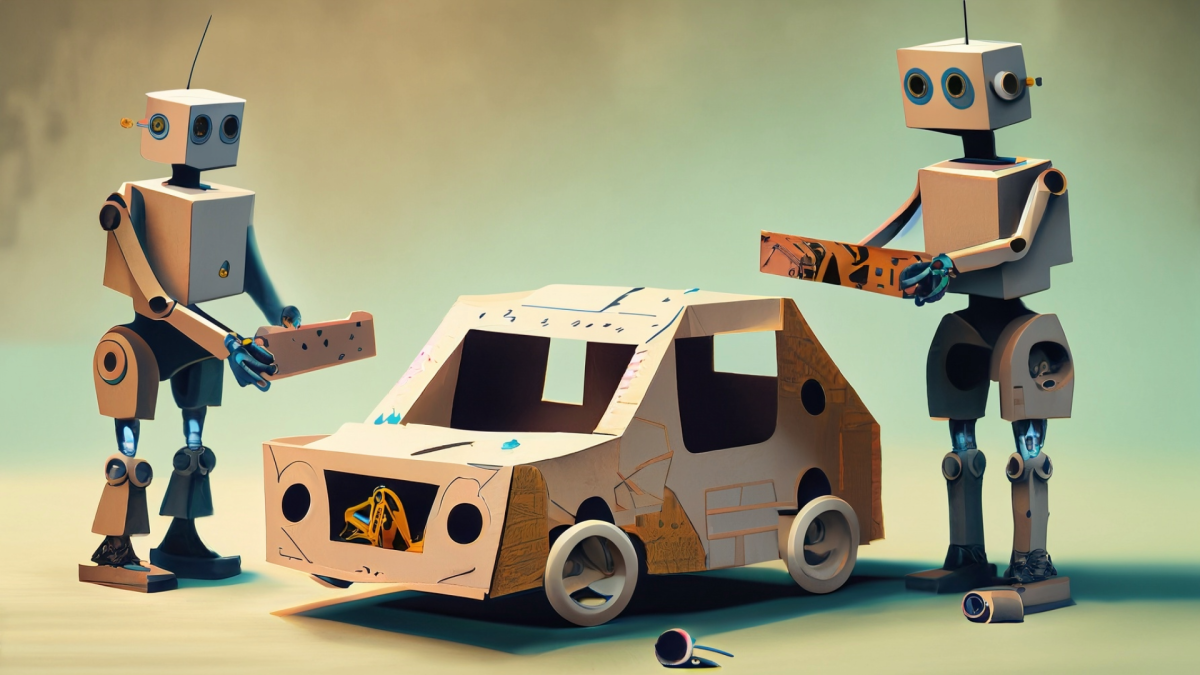Students will use a known lab to represent photosynthesis in action. They can use this template for the lab and pick another variable to collect data on to complete the story on how photosynthesis
This high school lesson was created to discuss Martian and potentially future soil on Earth. The overall goal is to achieve biodiversity and health within the soil. It should hold moisture but not too
This hands-on lesson is for the use of a hydroponic system. Tower gardens were the systems used, however, if budget is a concern, there is a very affordable option in the plan as well using tanks
In this STEAM lesson for grades K-2, students will explore iguana habitats and learn how animals adapt to different environments. Students will read the book "I Wanna Iguana" and use a nonfiction book
STEM in the Garden- Wild Bee Hotel
Third grade students will apply their knowledge of the significance of bee pollination by designing and creating a Wild Bee Hotel in a collaborative group which will incorporate literacy, mathematical
In this outstanding lesson, students will apply their knowledge of how natural and human-caused changes to habitats or climate can impact our world in a stop motion film. The lesson covers a Science
Students will have the opportunity to discuss growing conditions needed for a healthy plant and what to do when the optimal choice may not be available. In this lesson students construct hydroponic
Saltwater vs. Freshwater
In this lesson students will show the proportion of freshwater compared to saltwater on Earth. Students will define the problem of having a limited amount of fresh water using evidence gathered from
In this outstanding lesson, teachers facilitate students to design and build Meet Edison Robots for Cougar Clash “BattleBot” robot battle classroom tournament. (We named ours Cougar Clash as your
This is the final lesson for the How do sunflowers grow? unit. In this lesson, students will plant their sunflowers outside. They will continue to monitor the growth of their sunflowers. They will
In this lesson, students will measure their sunflowers for the first time. They will also create their growth over time graphs for their sunflower growth. This is the 3rd lesson is a unit series of 4.
In this lesson, students will plant their sunflower seeds in a cup and complete their first observations in their sunflower diaries. This is the 2nd lesson in a unit series of 4.
This is the 1st lesson in a unit series of 4 covering plant growth. Students will brainstorm ideas about what plants need to grow. The teacher will read a book about plant growth. Then, the whole
This lesson plan focuses on developing an understanding of root systems, especially regarding surface area. The lesson has students creating their own root systems and justifications for the types of
This lesson focuses on developing understanding of root systems, especially regarding surface area. The lesson has students creating their own root systems and justifications for the types of roots
In this lesson, students will learn about rate through their lettuce seeds in our hydroponic machine. Students use an Excel spreadsheet to document their findings.
In this lesson students will engineer paper airplanes. They will run 20 trials measuring and recording distance of flight. Students will make a histogram with the given data.
In this engaging lesson, students will program Edison robots to travel forward for 3 seconds. They will run 5 trials to measure distance, collecting data each time. They will compare data with
In this lesson students will find the diameter of M&Ms. They will enter their data into a class data bank using Microsoft Excel. They will analyze the class data set and then find the mean diameter of
In this engaging lesson, students construct a real solar oven, cook food, gather data, and analyze the data to interpret if their oven was successful or not. The lesson culminates with a presentation.
This lesson uses the children’s book The Seed and the Giant Saguaro to teach about plant and wildlife habitat in the Sonoran Desert. It includes story reading, discussion, a field experience, writing
This is part 2 of a Heredity lesson. In this portion of the lesson the students will work in collaborative pairs to mate the dragons the created in part 1. Furthermore, they will create Punnett
In part 1 of this lesson, students will use the laws of heredity to create a dragon based on the random toss of a coin. A chart has been created to assign genotypes and the corresponding phenotypes
In this engaging lesson, students study and design a healthy fish tank with a variety of animals. Students also learn about budgeting costs.
Featured Lesson Plans
Check out these notable lesson plans.


Eggcellent Car Race

